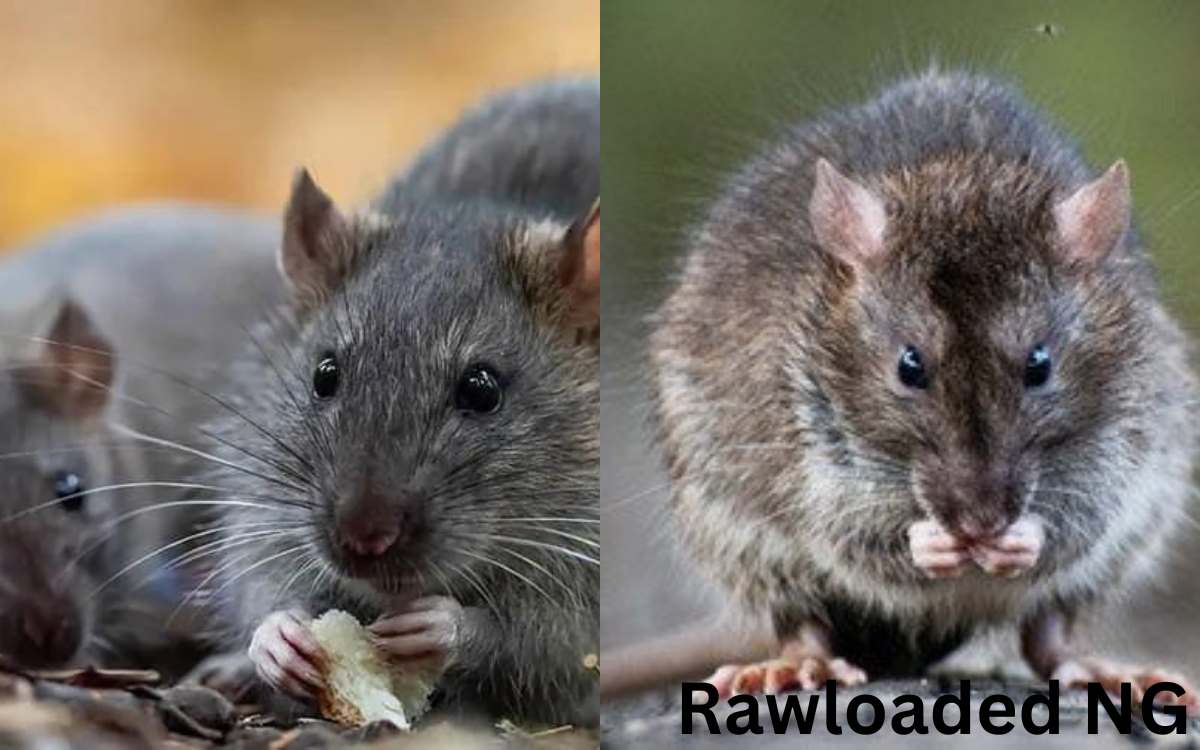Contrasts Between Rats and Mice

Rats and mice are both rodents and share some similarities, but they are distinct species with several differences. Here’s a comparison highlighting the key distinctions between rats and mice:
**1. Size:
- Rats are generally larger than mice. Adult rats can measure between 9 to 11 inches in length, not including the tail.
- Mice are smaller, with adult mice typically ranging from 2.5 to 4 inches in length, excluding the tail.
**2. Tail:
- Rats have long, scaly tails that are roughly the same length as their bodies. The tail is typically thicker and less hairy.
- Mice have longer tails relative to their body size, and their tails are usually more slender and covered in fine hair.
**3. Ears:
- Rats have larger ears in proportion to their body size, and their ears are hairless.
- Mice have smaller ears compared to their body size, and their ears may be partially covered in fur.
**4. Body Shape:
- Rats have a more robust and stocky body shape with a blunt snout.
- Mice have a slender, more delicate body with a pointed snout.
**5. Color:
- Rats can vary in color, but they are often brown, gray, or black, with a lighter-colored belly.
- Mice also come in various colors, but they are typically light brown or gray with a lighter underside.
**6. Habitat:
- Rats are adaptable and can thrive in a wide range of environments. They are often found in urban areas, sewers, and agricultural settings.
- Mice prefer indoor habitats and are commonly found in homes, buildings, and fields.
**7. Behavior:
- Rats are typically more cautious and may avoid traps and baits initially, making them harder to control.
- Mice tend to be more curious and are more likely to investigate new objects, including traps and baits.
**8. Lifespan:
- Rats generally have a longer lifespan than mice. They can live for up to 2-3 years in the wild.
- Mice have a shorter lifespan, typically around 1-2 years in the wild.
**9. Reproduction:
- Rats have fewer offspring per litter compared to mice. A typical rat litter consists of 6-12 pups.
- Mice have larger litters, often ranging from 5 to 12 pups, and they reproduce more frequently.
**10. Diet: – Both rats and mice are omnivores and eat a variety of foods, including grains, fruits, vegetables, and insects. – Rats are more likely to scavenge and consume larger food items due to their size.
**11. Social Behavior: – Rats tend to be more social and may live in larger colonies. – Mice can also be social but are more likely to form smaller family groups.
**12. Health Risks: – Both rats and mice can carry diseases and parasites that can be transmitted to humans. – Rats are known carriers of diseases like leptospirosis and hantavirus. – Mice are associated with diseases such as salmonellosis and lymphocytic choriomeningitis.
Understanding these differences can be helpful when dealing with rodent infestations and choosing appropriate control methods. Whether you’re facing rats or mice, effective pest management is crucial for both health and property protection.








